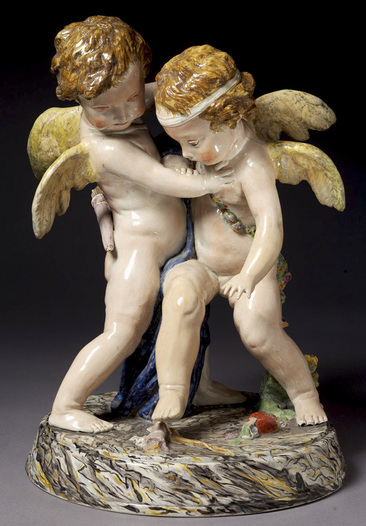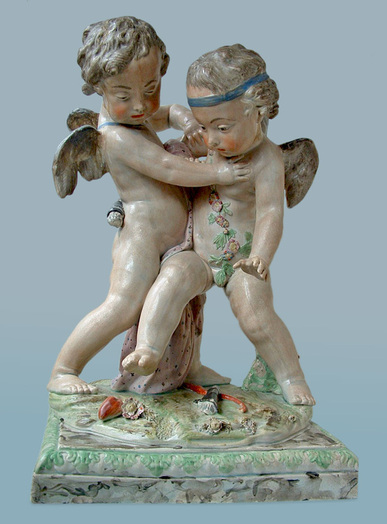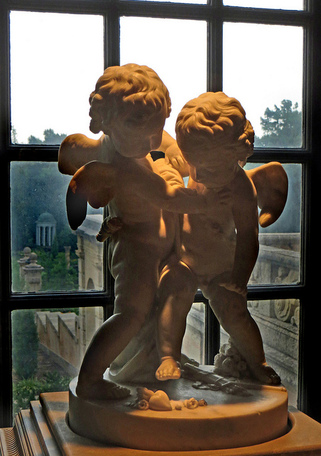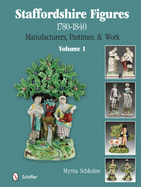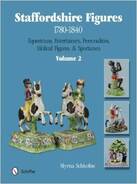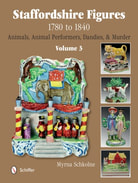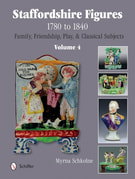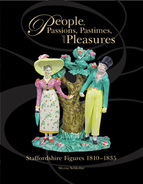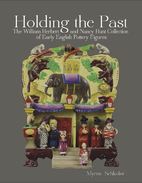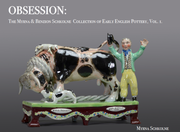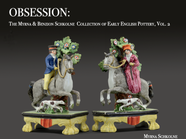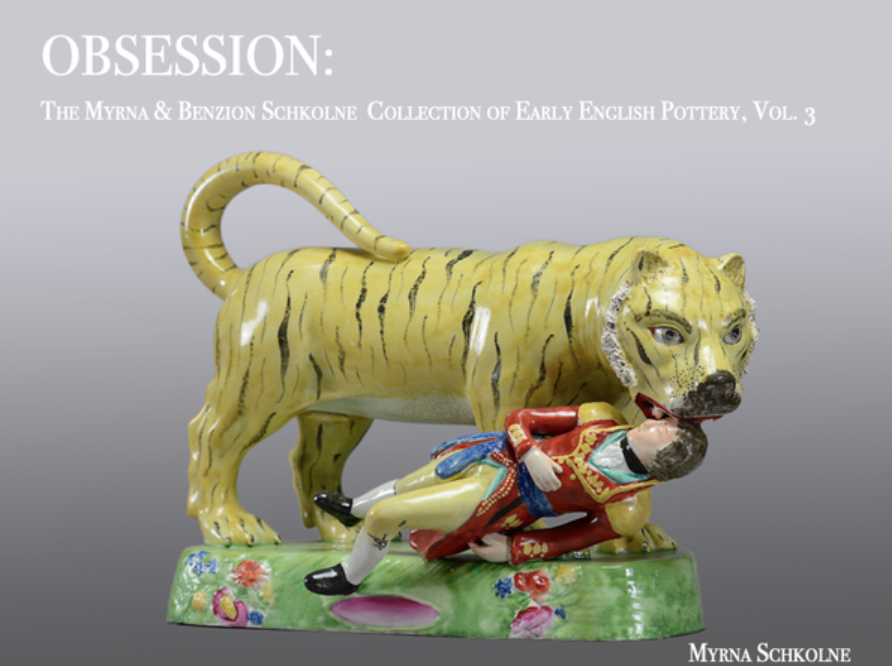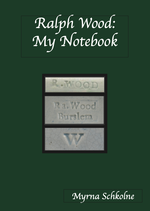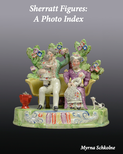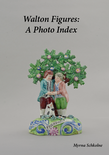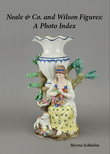Below is another example of the same subject, this time impressed WEDGWOOD. My thanks to the collector who shared this photo. Note that here the garland is different, and it is placed to partially conceal nudity. I have recorded several of these large Eros and Anteros figure groups in my to-be-published book, and they vary in the form of the base and the placement of foliage etc. Some are unmarked, and I suspect Enoch Wood/Wood & Caldwell made at least one of them--but Ralph Wedgwood was a plagiarist extraordinaire, and it would not be surprising to learn that he had copied someone else's model.
|
This figure group of two tussling cherubs is over 16 inches tall and it has an impressive footprint. It portrays Cupid, known as Eros to the Greeks, struggling with Anteros, his brother. In Ancient and Renaissance art, the struggle between Eros and Anteros symbolizes reciprocal love. Apparently, the brothers' tussle should be interpreted as suggesting that love requires reciprocal feeling to grow. This particular example is in the Victoria and Albert Museum, London, and it is impressed WEDGWOOD & CO, the mark of Ralph Wedgwood, so we can date it with relative precision. Ralph Wedgwood was active from 1788 to 1800, so this is an early figure. Ralph Wedgwood's marked figures are impressed “WEDGWOOD” (sometimes with a period afterwards, sometimes not) in small letters. Less commonly, Ralph Wedgwood used the impressed mark “WEDGWOOD & CO”. The latter mark is believed to date from the period of his Knottingley partnership of 1798–99, but as both Ralph Wedgwood’s operating partnerships were known as “Wedgwood & Co”, possibly figures made by both partnerships were marked in this way. Below is another example of the same subject, this time impressed WEDGWOOD. My thanks to the collector who shared this photo. Note that here the garland is different, and it is placed to partially conceal nudity. I have recorded several of these large Eros and Anteros figure groups in my to-be-published book, and they vary in the form of the base and the placement of foliage etc. Some are unmarked, and I suspect Enoch Wood/Wood & Caldwell made at least one of them--but Ralph Wedgwood was a plagiarist extraordinaire, and it would not be surprising to learn that he had copied someone else's model. The subject of Eros and Anteros tussling was very popular in the neoclassical period, and bronzes and marbles by an array of artists portray the theme. A marble by P.P Thomire has long been believed to be the design source of the earthenware model, but the marble below is by Francois-Joseph Le Clercq, dated 1780, and it may be earlier. It is now in the Philbrook Museum of Art. PS: Don't forget to check the NEWS tab at the top of this page.
0 Comments
Leave a Reply. |
Archives
February 2024
All material on this website is protected by copyright law. You may link to this site from your site, but please contact Myrna if you wish to reproduce any of this material elsewhere. |
